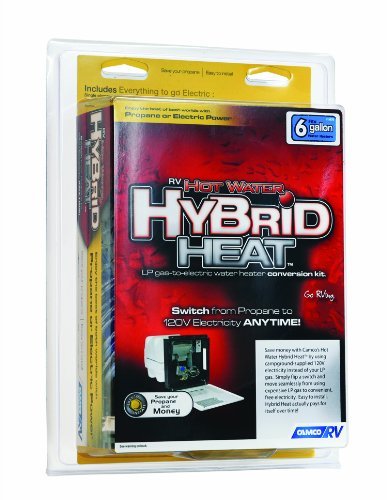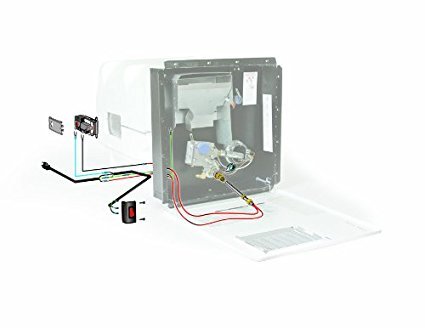My Atwood water heater (6 gallon tank) in my 2007 Damon daybreak seems to be taking longer to run it's cycle than it used to. Might be my imagination but yesterday I timed it at 33 minutes of running to heat the water. It was 85 degrees outside and the tank was full from sitting at the campsite all week until I got there so the water was not cold to begin with. That seems like a long time. It also seems like the main propane tank is going down faster than it used to.
My question is do water heaters become less efficient as they age? The water is perfectly hot, (no adjustable thermostat on this model), and it never malfunctions, but it sure goes through the propane. Is there something I should do to "tune it up?"
My question is do water heaters become less efficient as they age? The water is perfectly hot, (no adjustable thermostat on this model), and it never malfunctions, but it sure goes through the propane. Is there something I should do to "tune it up?"


